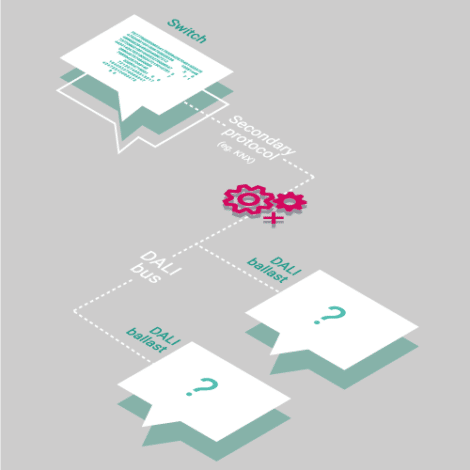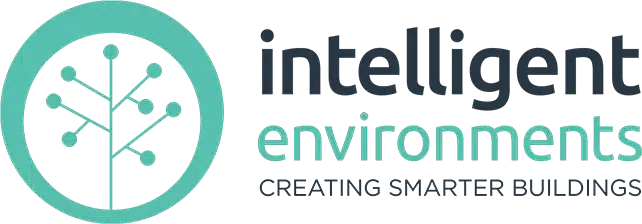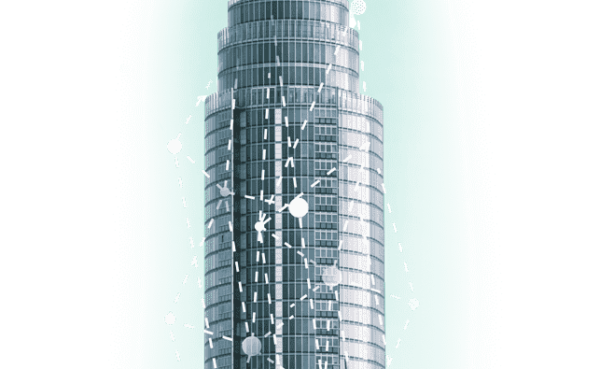What does the term “native DALI” actually mean?
 DALI (Digital Addressable Lighting Interface) is quite simply a communication language. It is a way to communicate with, and therefore control, devices such as lighting ballasts/drivers, and other lighting equipment. Devices that speak the same language can communicate more easily, just like humans speaking in their native tongue.
DALI (Digital Addressable Lighting Interface) is quite simply a communication language. It is a way to communicate with, and therefore control, devices such as lighting ballasts/drivers, and other lighting equipment. Devices that speak the same language can communicate more easily, just like humans speaking in their native tongue.
A “native DALI system” is, therefore, one in which every device speaks the same language (DALI). Systems that are native DALI can speak directly to all DALI devices (ballasts, drivers, sensors, controllers etc) with no translation required.
Proprietary control systems usually have their own language for communication, and then employ a “gateway” to the DALI devices, which acts as a translator.
Systems that use DALI gateways are usually slower and add extra complexity as all sent commands have to be translated from their proprietary language (e.g. KNX, EIB, CBus, Dynalite) into the DALI language.
 When humans communicate, if one does not speak the language well, and cannot make themselves understood, miscommunication can occur. It is the same with DALI. Issues occur, not because of DALI itself, but due to a problem with the way the language is used. See the diagram to the right which shows how miscommunication can occur with a non-native protocol controlling DALI ballasts.
When humans communicate, if one does not speak the language well, and cannot make themselves understood, miscommunication can occur. It is the same with DALI. Issues occur, not because of DALI itself, but due to a problem with the way the language is used. See the diagram to the right which shows how miscommunication can occur with a non-native protocol controlling DALI ballasts.
As well as using a totally native DALI control system, we always recommend products from suppliers who have significant expertise in the DALI language, to avoid issues from miscommunication.
Clear communication is even more important with DALI as unlike traditional lighting control protocols, DALI has the enormous benefit of bi-directional communication. This allows the control system to obtain information back about the status of each device. This can be as simple as its current state i.e. on or off, or can provide more technical information such as lamp status, or battery level.
Scene selection and fault diagnostics available through a true DALI system, also provide abilities for remote monitoring and reporting to assist with maintenance and compliance issues.
In November 2020 DALI was adopted as the official lighting control standard for Australia and New Zealand. To be compliant with current legislation, any new lighting control system MUST be DALI. To ensure it is robust, responsive, and error free, it should be native DALI.


